Companies with manufacturing processes that use powders, sands, silica and other dry materials are challenged with controlling dust emissions generated during operations. Often, they install dust collection systems to remove this particulate matter from the air and the working environment. Proper dust filtration prevents contamination during production to protect workers, processes and goods while reducing the risk of dust-related explosions.
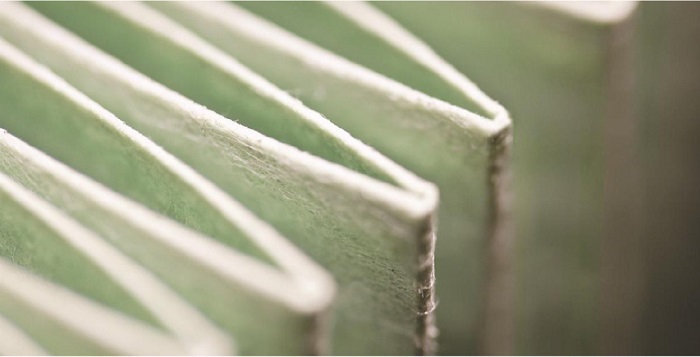 Figure 1: Proper dust filtration prevents contamination during production to protect workers, processes and goods while reducing the risk of dust-related explosions. Source: Camfil
Figure 1: Proper dust filtration prevents contamination during production to protect workers, processes and goods while reducing the risk of dust-related explosions. Source: Camfil
At the core of every dust collection system are cartridge-style filters that capture and remove small airborne dust particulates from the air. Choosing the correct filter for a particular dust collection system is essential to effectively remove specific dust composition from the air.
Why is it so confusing to select filter cartridges?
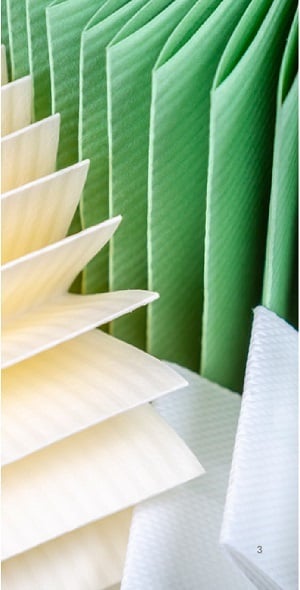 Figure 2: Choosing the correct filter for a particular dust collection system is essential to effectively remove specific dust composition from the air. Source: Camfil
Figure 2: Choosing the correct filter for a particular dust collection system is essential to effectively remove specific dust composition from the air. Source: Camfil
There is a lot of confusion regarding how to select the optimal filter cartridges for industrial dust collectors. In the HVAC industry, minimum efficiency reporting value (MERV) ratings are king. Higher MERV ratings generally signify superior filtration. However, that is not always true for industrial dust filters, which operate in a dynamic environment and work as part of a dust collection system.
ASHRAE Standard 199-2016 provides a better test standard by which manufacturers can evaluate the performance of dust collection systems in real-world conditions. This standard should be the “go-to” when selecting a system. MERV ratings also can help users select a filter with an appropriate filtration efficiency for their system.
However, MERV ratings are only one aspect of selecting the appropriate filter for an industrial dust collection system. This article explains other factors that should be used in selecting proper dust collection filters and equipment. It also provides answers to common questions about MERV.
What is MERV?
MERV is a measurement scale designed in the late 1980s by the American Society of Heating, Refrigerating and Air-Conditioning Engineers (ASHRAE) to compare the effectiveness of air filters. ASHRAE 52.2 defines a test method and rating system in which a filter’s initial efficiency is assigned a number that identifies the filter’s minimum performance in removing specific-sized particulates from an airstream, including dust. These ratings help facilities compare different filters to determine which one best meets their specifications for an application.
How does the MERV scale work?
The table below from the EPA website shows the MERV rating scale for filters. It goes from 1 to 16 and corresponds to a filter’s ability to capture particles in different size ranges from 0.3 to 10 microns. Higher MERV ratings correspond to a greater percentage of varying-sized particles captured throughout the test. For instance, MERV rating 1 through 4 indicates a filter that has less than a 20% efficiency in filtering particle sizes of 3.0 to 10 microns, while a MERV 12 rating indicates a filter with up to 90% efficiency in capturing the same size particles.
It is helpful to use this number to select dust collector filters with the appropriate initial filtration efficiency. However, the MERV rating doesn’t indicate much about how the filters and the collector will perform as a system.

What are the limitations of MERV ratings?
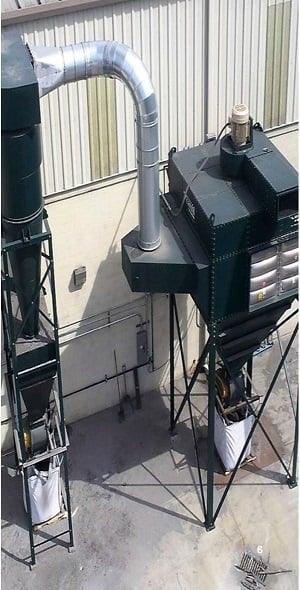 Figure 3: MERV ratings are limited in regard to industrial dust collectors. Source: CamfilMERV ratings are limited in regard to industrial dust collectors. This is because they only provide the efficiency of new filters in a static environment with light dust loading. They do not indicate how those filters will operate long-term in actual use in a dynamic system.
Figure 3: MERV ratings are limited in regard to industrial dust collectors. Source: CamfilMERV ratings are limited in regard to industrial dust collectors. This is because they only provide the efficiency of new filters in a static environment with light dust loading. They do not indicate how those filters will operate long-term in actual use in a dynamic system.
Dust collectors and their filter cartridges handle more challenging dust types and loads than HVAC filters. Also, unlike HVAC filers, dust collector filters are not disposed of when dirty. Instead, they are intermittently pulse cleaned with compressed air to dislodge particles to prevent dust from building on them. The filters are constantly loaded and unloaded with dust during operations. MERV ratings do not take into consideration how different dust types and processes affect filter efficiency.
Also, the MERV testing procedure measures initial pressure drop but not how pressure drop will change over time or how it will affect overall energy usage. These factors will have a dramatic effect on the efficiency and performance of the filter over time.
Why does filter efficiency constantly change in dust collectors?
Different dust contaminants and types of loads affect filter efficiency over time. As a dust collector runs, dust loads onto the filters and forms a dust cake. This dust cake resists airflow across the filter media. The resistance is measured in water gauge or pascals and is referred to as pressure drop. It is usually below 1 inch of water with clean filters. As dust loads and pressure increases, the filter efficiency increases, but the dust collector must work harder to maintain the required airflow.
This triggers the pulse cleaning system, which knocks off the dust cake and starts the process over. As a result, the dust cake is constantly changing, along with the pressure drop and filter efficiency. Eventually, the dust load will increase to a level where pulse cleaning is no longer helpful, and the only option is to change out the filter for a new one.
If users shouldn’t select filters based on their MERV rating, how do they determine which filter is best for their application?
To determine the efficiency of the dust collection system, ASHRAE created the Standard 199 Method of Testing the Performance of Industrial Pulse Cleaned Collectors. This test method calculates the performance of all industrial pulse cleaned dust collectors including filtration performance and energy consumption. The standard addresses emissions measurement, pressure drop measurement and compressed air usage. The resulting summary offers an indication of filter life.
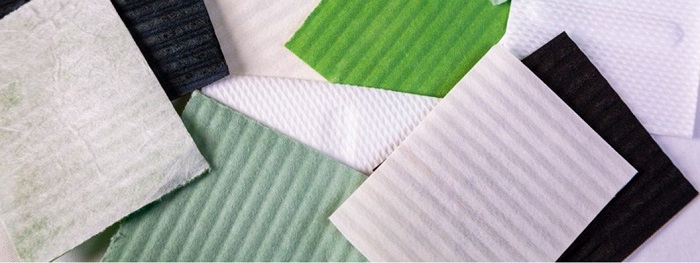 Figure 4: To determine the efficiency of the dust collection system, ASHRAE created the Standard 199 Method of Testing the Performance of Industrial Pulse Cleaned Collectors. Source: Camfil
Figure 4: To determine the efficiency of the dust collection system, ASHRAE created the Standard 199 Method of Testing the Performance of Industrial Pulse Cleaned Collectors. Source: Camfil
The 199 test is a better method for determining both system and filter performance because it provides an accurate portrayal of the dynamics of the industrial dust collection system as a whole, versus the single-filter initial efficiency methodology used in MERV. Find out more about the different ASHRAE Standard 199 test stages or click here to watch a video that explains how the test works.
Ask a manufacturer for an ASHRAE 199 test report on a system to make an informed buying decision as it offers a better assessment of dust collectors and air filters. Test results help determine if a dust collection system is the best fit for a facility.
What are other considerations in selecting dust collector filters?
The best filter for a dust collector is one that offers the best efficiency and cleaning performance. Dust collector performance is based more on its airflow management, cleaning system and the media’s ability to load and release dust particles. This can only be evaluated by testing how the filter and the dust collector work together as a system.
Independent lab tests demonstrate that high-quality dust collector filter cartridges capture more air pollutants than others. Compared to bag filters, they offer a large filtration area for greater dust-holding capacity and are smaller to offer greater capacity and energy efficiency in a smaller space. With MERV ratings between 10 and 16, they can capture very fine dust particles at great efficiency. 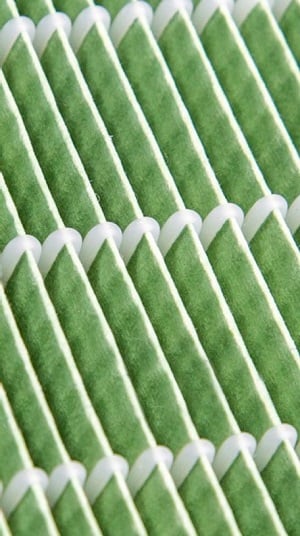 Figure 5: High-efficiency filter cartridges can handle higher airflow while maintaining efficiency. Source: Camfil
Figure 5: High-efficiency filter cartridges can handle higher airflow while maintaining efficiency. Source: Camfil
High-efficiency filter cartridges can handle higher airflow while maintaining efficiency. Because they clean more thoroughly with pulse cleaning, pressure drop remains low for extended periods. As a result, they require less frequent change-outs.
When quality filters are used in any brand of dust collector, they can improve dust collector performance. In addition, they can help maintain a steady pressure drop that lasts through the lifetime of the filter.
How do users select the right filter media for their application?
Cartridge filters contain media that is the pleated fabric that captures dust particles. Two media types are commonly available:
- Cellulose/nonwoven: most economical for standard applications
- Spunbond/synthetic: more lightweight media for processes where more durable filters are required to handle fibrous dust or dust that requires high-efficiency filtration
To address dust with different properties, the media is treated or layered with coatings, saturation, flame retardants or other finishings to improve performance.
It is important to specify the right type of media to increase filtration efficiency and dust release. Here are five factors to consider:
Particle characteristics
These help determine the optimal air to cloth (ATC) ratio for energy savings and operational efficiency. The ATC ratio is defined as the cubic feet of air per minute to square feet of filter media. A lower ATC ratio can minimize problems associated with static pressure changes, shortened filter life and overuse of the pulse cleaning system. Understanding the structure (jagged versus spherical) of dust contaminants and their abrasiveness can help determine which media will provide the correct ATC.
Particle size
This determines the filtration efficiency required to meet emission standards. Dust can be submicron particles mixed with larger ones. A dust analysis can determine particle size to the submicron range for selecting the most appropriate filter media.
Combustibility and static electricity
Media with anti-static properties is recommended for applications with dust-generated static charges to reduce potential ignition sources and conform to NFPA guidelines. Filters with an open-pleat design enable better airflow through the cartridge, energy efficiency and longer life.
Moisture level
As moisture-absorbent dust can be sticky, a wide-pleat cartridge filter can help prevent plugging when coupled with a spunbond media that handles moisture better than cellulose-based products.
Operating temperature
Prolonged exposure to heat or cold can deteriorate filter elements. For dry dust collection at operating temperatures up to 160° F (71° C), a cellulose/nonwoven media is cost-effective. Spunbond/synthetic media can handle higher temperatures ranging from 180° F (82° C) to 250° F (121° C).
Determining dust properties starts with dust testing
Two types aid in media selection including a bench test, which determines physical properties such as size, moisture content and cohesion, and explosibility testing to determine the dust’s flammability and explosivity. Independent test labs with dust collection experience or dust collection equipment manufacturers with in-house labs can conduct these tests.
 Figure 6: When quality filters are used in any brand of dust collector, they can improve dust collector performance. Source: Camfil
Figure 6: When quality filters are used in any brand of dust collector, they can improve dust collector performance. Source: Camfil
Does pleating technology matter?
The way the filter media is pleated can dramatically affect dust collector performance. For example, HemiPleat pleating technology uses synthetic beads that hold open the pleats to expose more media to the airstream. With the open pleats, the filter can capture a larger volume of dust. It can also expel more dust from deep within the filter when pulse cleaned. This means that more dust falls into the hopper, and the dust collector can maintain a lower pressure drop longer for a given airflow. Watch the video that demonstrates this filter technology.
When should customers consider using a HEPA cartridge?
HEPA filters have an efficiency of 99.97% in capturing airborne particles within the 0.3 micron range. This means they are ideal for capturing very fine submicron particulates or when the dust contains hazardous materials, allergens or carcinogens. They are often used as a secondary filter to improve filtration efficiency and reduce the load on the main filter.
As higher-efficiency filters restrict airflow, more energy and compressed air are required to maintain the proper airflow and pressure drop. This can be costly, so you don’t want to choose a higher-efficiency filter than required.
Bottom line
While MERV ratings are useful in evaluating filters for a dust collection system, they typically apply only to new filters and cannot predict their long-term efficiency. ASHRAE Standard 199 offers a more thorough method of evaluating the long-term efficiency of a dust collection system. Understanding these tools as well as the differences in filters and characteristics of dusts can help users select the best dust collection system for their specific application.
